North Atlantic Sea Conditions

Hey there! Today, I want to share some interesting information with you about a worrisome cold-water anomaly in the North Atlantic. This anomaly has been causing concern among scientists and researchers. So, let's dive right in!
This cold-water anomaly is a phenomenon that has been observed in the North Atlantic. It refers to an abnormal drop in water temperatures in the region. This is a significant change from the usual oceanic conditions, and it has raised eyebrows in the scientific community.
What Causes the Cold-Water Anomaly?
Scientists believe that there are several factors contributing to this cold-water anomaly. One of the main causes is the slowdown in the Atlantic Meridional Overturning Circulation (AMOC). The AMOC is a system of ocean currents that brings warm water from the tropics to the North Atlantic. This warm water helps to moderate the overall temperature of the region.
However, due to various reasons such as climate change and increased melting of the Greenland ice sheet, the AMOC has weakened. As a result, less warm water is being transported to the North Atlantic, leading to the cold-water anomaly.
The Impacts of the Cold-Water Anomaly
The cold-water anomaly has several impacts on both the environment and human activities. Let's take a closer look at some of them:
- Sea Life: Cold-water anomalies disrupt the marine ecosystems. Many marine organisms are adapted to specific temperature ranges, and sudden changes can affect their reproductive cycles, migration patterns, and overall survival. This can have cascading effects throughout the food chain.
- Weather Patterns: The North Atlantic plays a crucial role in shaping global weather patterns. Changes in the temperature and circulation patterns due to the cold-water anomaly can lead to altered weather conditions in various parts of the world, including more frequent extreme weather events.
- Climate Change Feedback Loop: The cold-water anomaly can potentially contribute to a feedback loop in climate change. As the AMOC weakens and less warm water reaches the North Atlantic, the region's temperature further decreases. This, in turn, can accelerate the melting of the Greenland ice sheet, leading to rising sea levels and further disruptions to the global climate.
Benefits and Advantages:
While the cold-water anomaly brings forth several challenges, it also presents opportunities for research and learning. Scientists and researchers are closely studying this phenomenon to gain a deeper understanding of how the oceans and climate systems are interconnected. This knowledge can help in developing improved climate models, predicting future changes, and identifying potential mitigation strategies.
In conclusion, the North Atlantic's cold-water anomaly is a concerning event that is attracting attention in the scientific community. The slowing of the AMOC and resulting decrease in warm water transport have led to abnormal drops in water temperatures in the region. This anomaly has far-reaching impacts on marine life, weather patterns, and the global climate. However, it also provides an opportunity for scientists to further explore the intricate relationship between the oceans and our climate. By understanding these phenomena better, we can work towards minimizing the negative effects and adapting to the changing environment.
People Also Ask:
Q: What are the long-term consequences of the North Atlantic's cold-water anomaly?
A: The long-term consequences include disrupted marine ecosystems, altered weather patterns, and potential feedback loops in climate change.
Q: Can the cold-water anomaly be reversed?
A: It is challenging to reverse the cold-water anomaly directly. However, efforts to mitigate climate change and reduce greenhouse gas emissions can help prevent further disruption to the North Atlantic and its ecosystems.
Q: How does the cold-water anomaly impact fish populations in the North Atlantic?
A: Fish populations can be greatly affected by the cold-water anomaly. Cold-water species may thrive, while warm-water species may decline or migrate to more suitable habitats.
Q: Are there any solutions to mitigate the impacts of the cold-water anomaly?
A: Mitigating the impacts of the cold-water anomaly requires addressing the underlying causes, such as reducing greenhouse gas emissions and preserving and restoring ecosystems that support the AMOC.
If you are looking for Photo of NORTH SEA ATLANTIC (IMO: 9665073, MMSI: 258955000, Callsign: LAYS7) taken by JackDryden you've came to the right web. We have 25 Pics about Photo of NORTH SEA ATLANTIC (IMO: 9665073, MMSI: 258955000, Callsign: LAYS7) taken by JackDryden like Atlantic ‘conveyor belt’ has slowed by 15% since mid-20th century - Carbon Brief, Slowdown of Atlantic conveyor belt could trigger ‘two decades’ of rapid global warming - Carbon and also Oceans Make Climate: SST, SSS and Precipitation Linked – Climate Collections. Here it is:
Photo Of NORTH SEA ATLANTIC (IMO: 9665073, MMSI: 258955000, Callsign: LAYS7) Taken By JackDryden
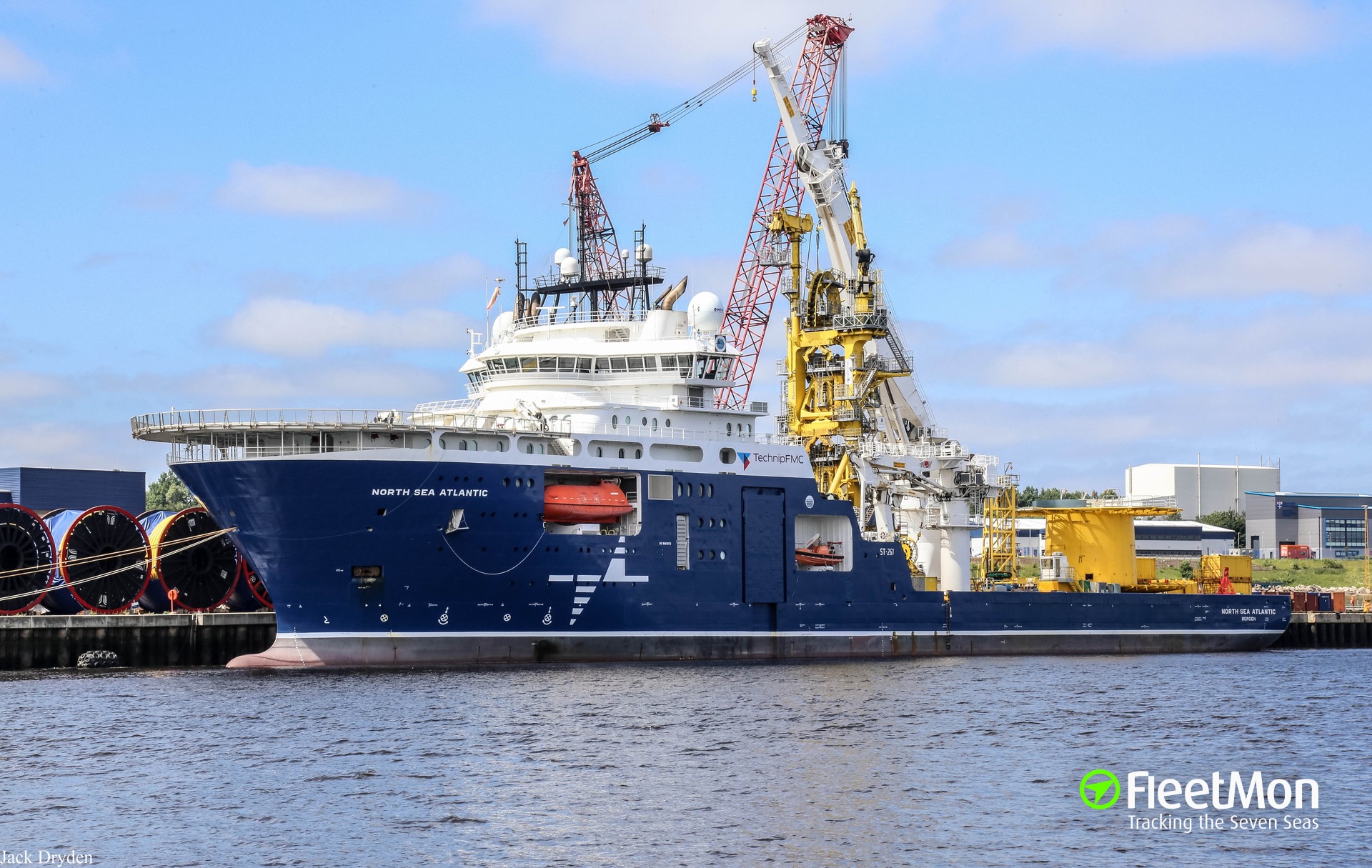 www.fleetmon.com
www.fleetmon.com Scientists Shed Light On Human Causes Of North Atlantic’s ‘cold Blob’
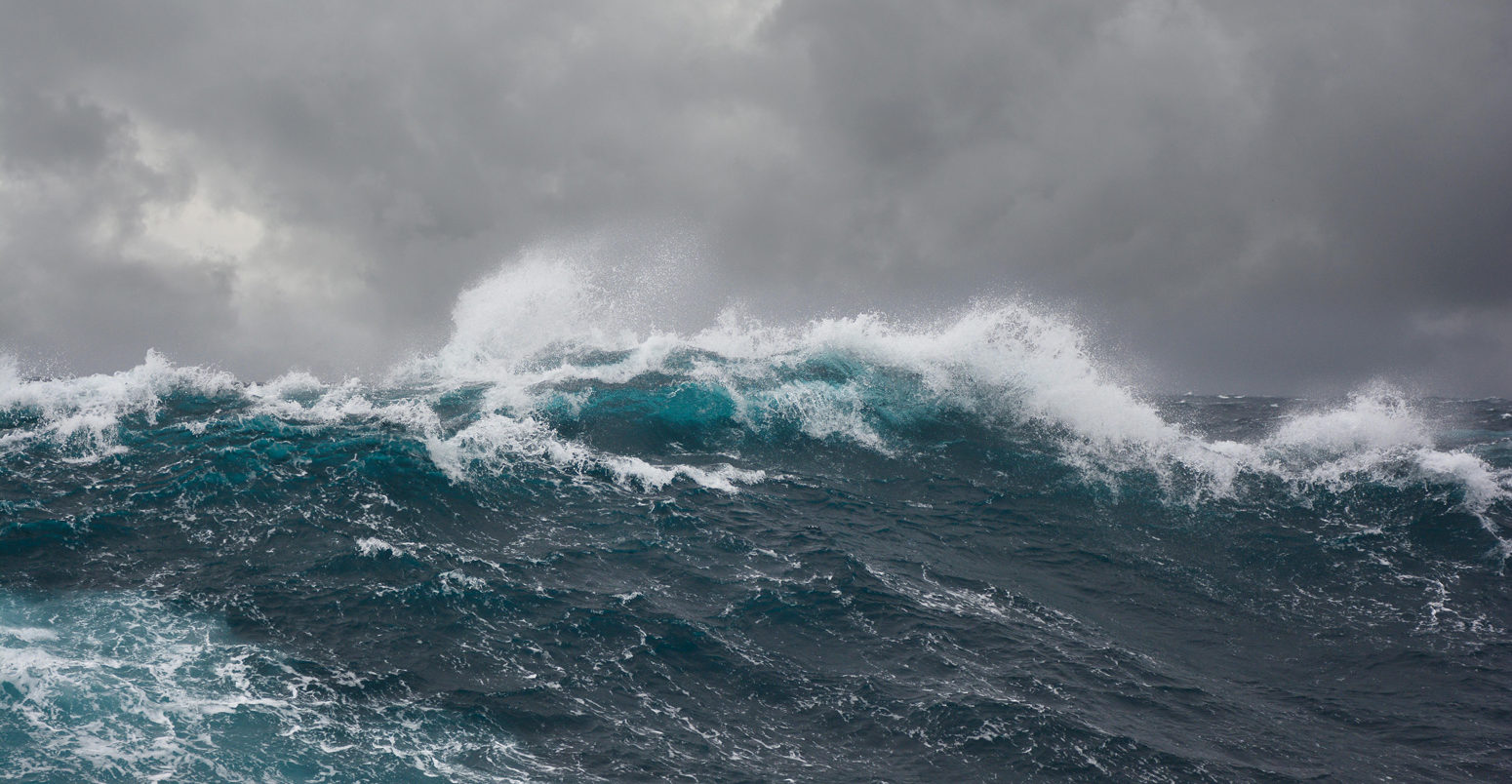 www.carbonbrief.org
www.carbonbrief.org north atlantic ocean storm blob cold wave sea during part
Interesting Facts About Atlantic Ocean
 www.generalknowledgefacts.com
www.generalknowledgefacts.com ocean atlantic facts interesting north backgrounds 1024 sea wallpaper creek beach golf sailing virtual yacht played dubai shots few club
Scientists Detect Disastrous Trend In North Atlantic Waters - Green - News - Catholic Online
 www.catholic.org
www.catholic.org disastrous detect
The North Atlantic’s Worrisome Cold-Water Anomaly - Emagazine.com
 emagazine.com
emagazine.com worrisome anomaly water atlantic emagazine amoc
Impacts Of Extreme North Atlantic Winter Cooling | Science & Tech | News
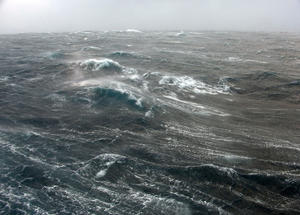 www.oceannews.com
www.oceannews.com atlantic north winter extreme ocean cooling impacts october during sea
Photo Of NORTH SEA ATLANTIC (IMO: 9665073, MMSI: 258955000, Callsign: LAYS7) Taken By Varona
 www.fleetmon.com
www.fleetmon.com atlantic sea north
North Atlantic Sea Surface Temperatures - Stock Image - C049/4044 - Science Photo Library
 www.sciencephoto.com
www.sciencephoto.com temperatures
North Equatorial Current | Britannica
 www.britannica.com
www.britannica.com maps britannica current okyanusu continent equatorial contours oceans samudra area topographic temperature atlantik submarine haritası arctic
NORTH SEA ATLANTIC | NORTH SEA ATLANTIC Multi Purpose Offsho… | Flickr
 www.flickr.com
www.flickr.com atlantic
North Atlantic Sea Surface Temperatures - Stock Image - C049/4045 - Science Photo Library
 www.sciencephoto.com
www.sciencephoto.com Slowdown Of Atlantic Conveyor Belt Could Trigger ‘two Decades’ Of Rapid Global Warming - Carbon
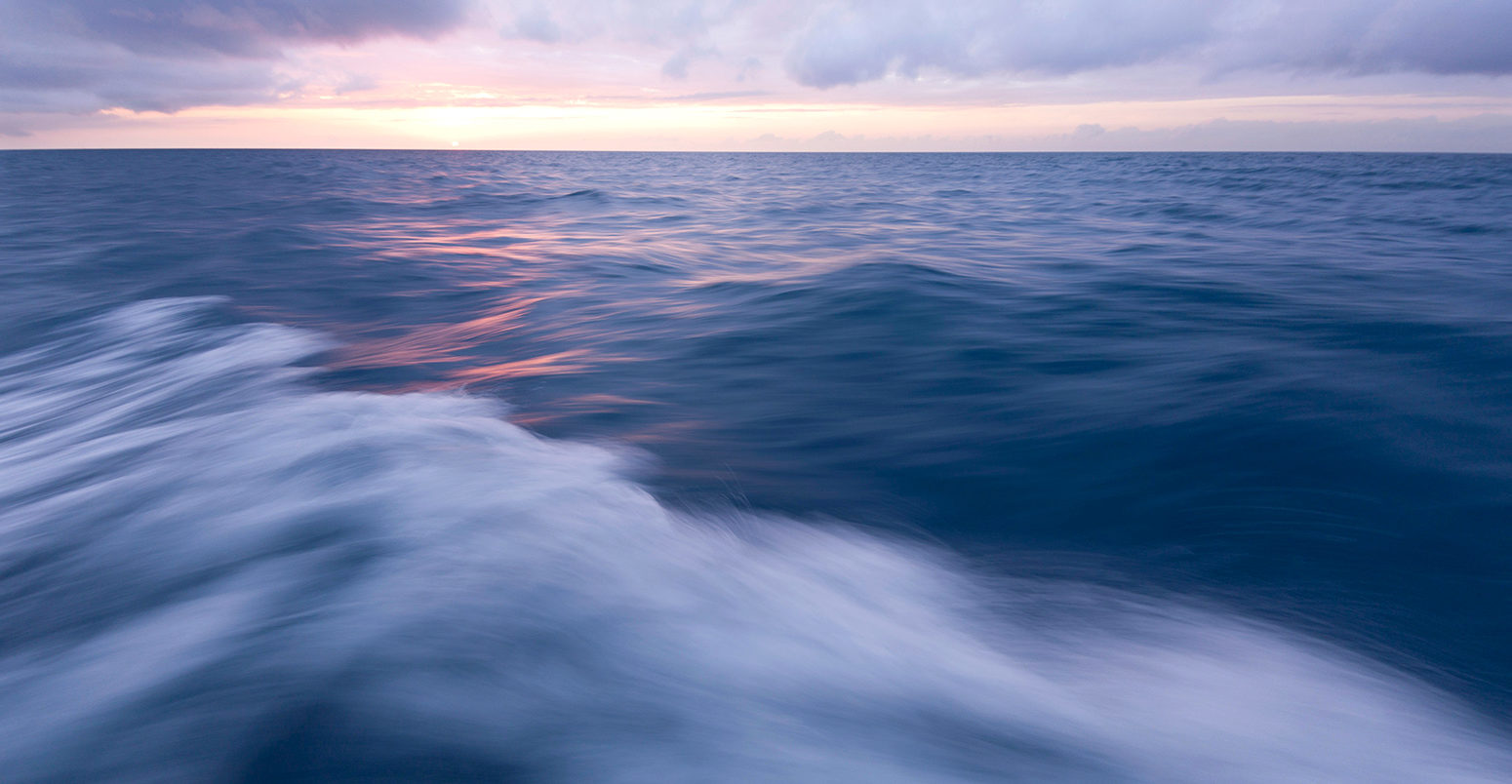 www.carbonbrief.org
www.carbonbrief.org atlantic ocean north conveyor john belt climate rebit
Record Cold 'Blob' In North Atlantic: Sign Of Future Climate Woes? | Common Dreams News
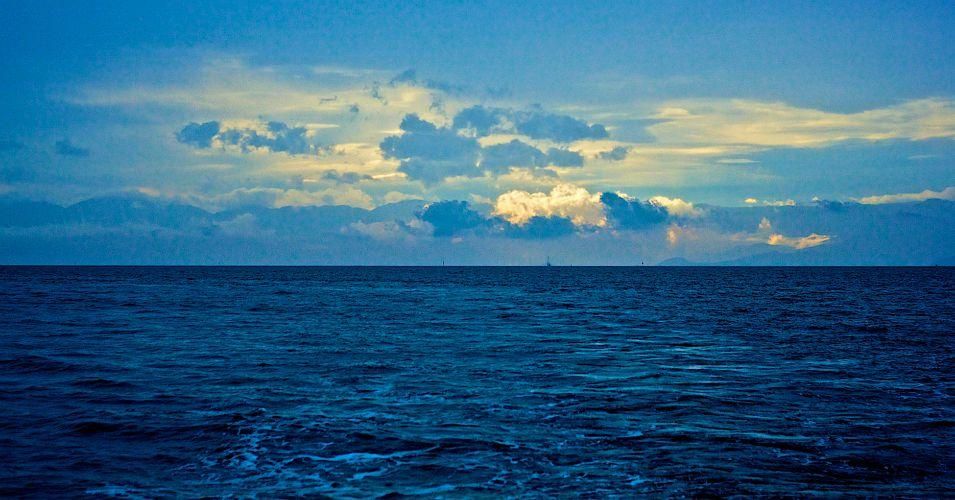 www.commondreams.org
www.commondreams.org atlantic north ocean
Seaclimate.com
atlantic ice north seaclimate 1769 1866 1966 extent 1995 min sea max figure
Vanguard News Network » Blog Archive » Trump Urges NATO To Join America’s Crusade-for-Israel In
countries seas vanguard
Due To Unchecked Climate Change; The North Atlantic Ocean’s Currents Are Speeding Towards A
 www.unknowncountry.com
www.unknowncountry.com ocean
Deep Ocean Facts - DeepOceanFacts.com
 deepoceanfacts.com
deepoceanfacts.com deepoceanfacts seabed rapefugees
North Atlantic Is Getting Less Salty, But It’s Too Soon To Blame Climate Change
 news.climate.columbia.edu
news.climate.columbia.edu atlantic salty blame researchers salinity
North Atlantic - A Cruising Guide On The World Cruising And Sailing Wiki
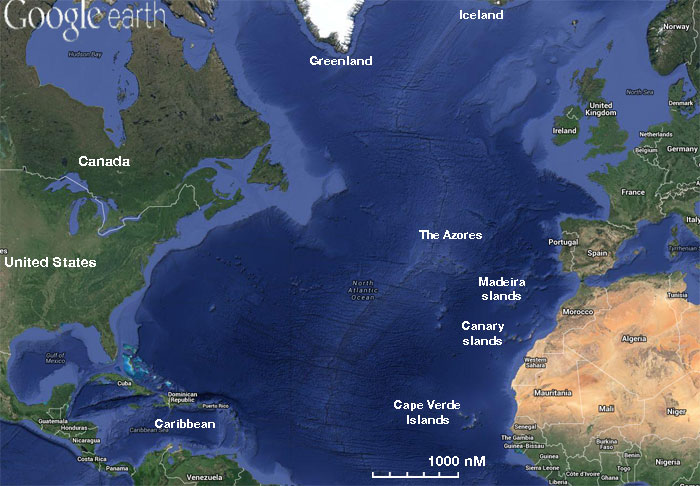 www.cruiserswiki.org
www.cruiserswiki.org cruising sailing
This Image Of North Atlantic Ocean Sea Surface Temperatures Represents An Eight-day Composite
 www.pinterest.com
www.pinterest.com nasa gov
Oceans Make Climate: SST, SSS And Precipitation Linked – Climate Collections
atlantic ocean map gulf north stream pacific sea current vector illustration oceans climate maps currents northern usa similar islands alamy
Study Of North Atlantic Ocean Reveals Decline Of Leaded Petrol Emissions
 phys.org
phys.org atlantic north ocean reveals decline emissions leaded petrol study imperial credit college london
Atlantic ‘conveyor Belt’ Has Slowed By 15% Since Mid-20th Century - Carbon Brief
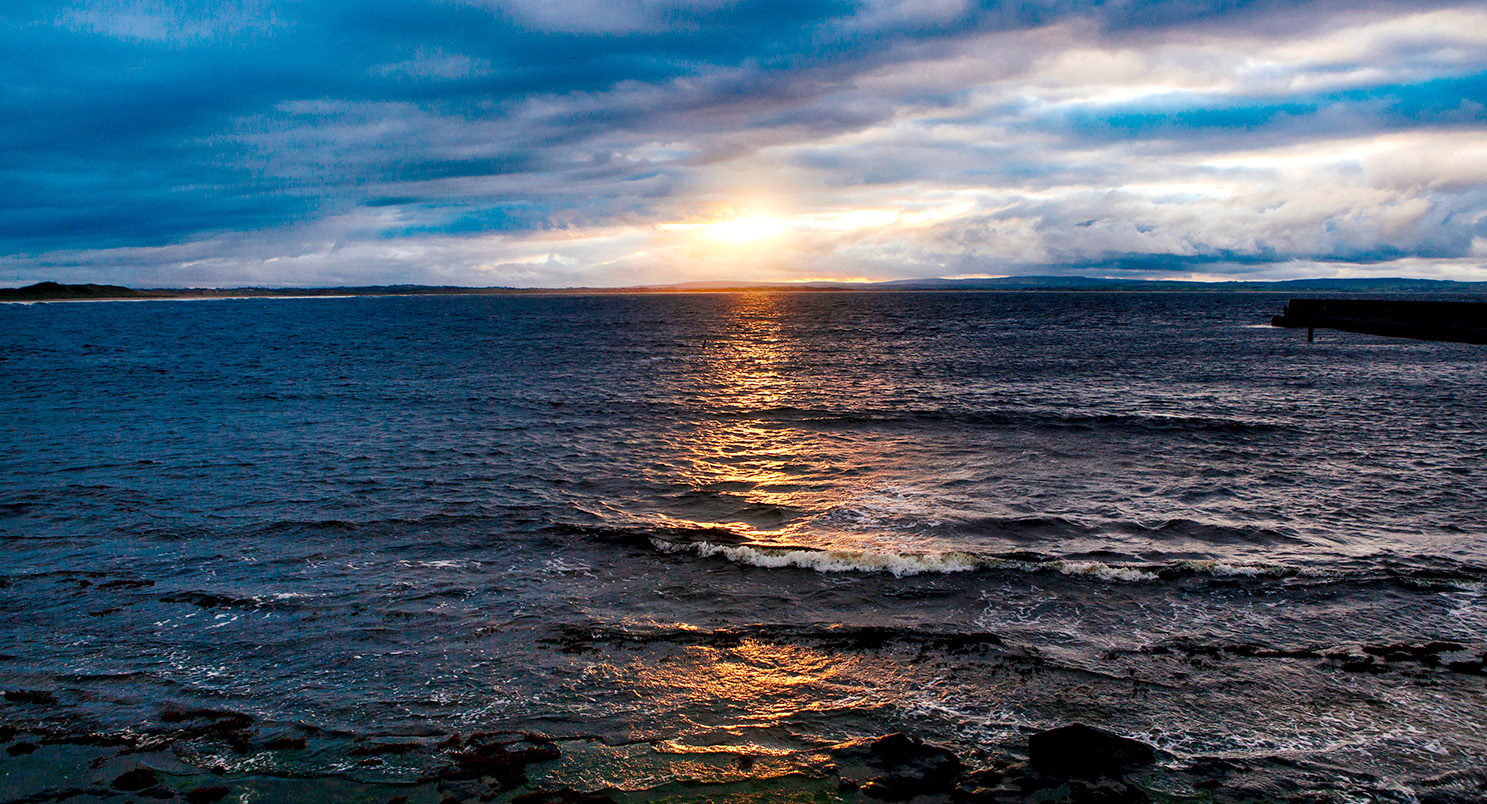 www.carbonbrief.org
www.carbonbrief.org ocean atlantic north nature damage ireland belt conveyor carbonbrief mid credit minimises earth caused circulation climate change system newsclick
1975 North Atlantic Earthquake - Wikipedia
 en.wikipedia.org
en.wikipedia.org atlantic ocean north 1975 earthquake map alliance geography would wikipedia brexit trigger name britain flew cross london york city if
A Critical Atlantic Ocean System Is On The Brink Of Collapse And Will Bring 'extreme Cold' To
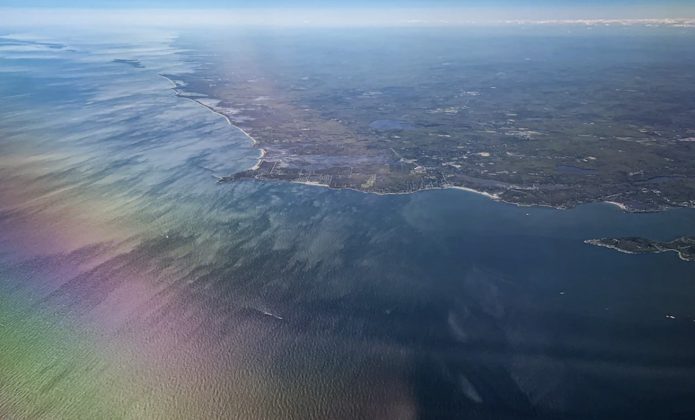 strangesounds.org
strangesounds.org collapse critical brink circulation meridional
Collapse critical brink circulation meridional. Atlantic ice north seaclimate 1769 1866 1966 extent 1995 min sea max figure. Countries seas vanguard
Comments
Post a Comment